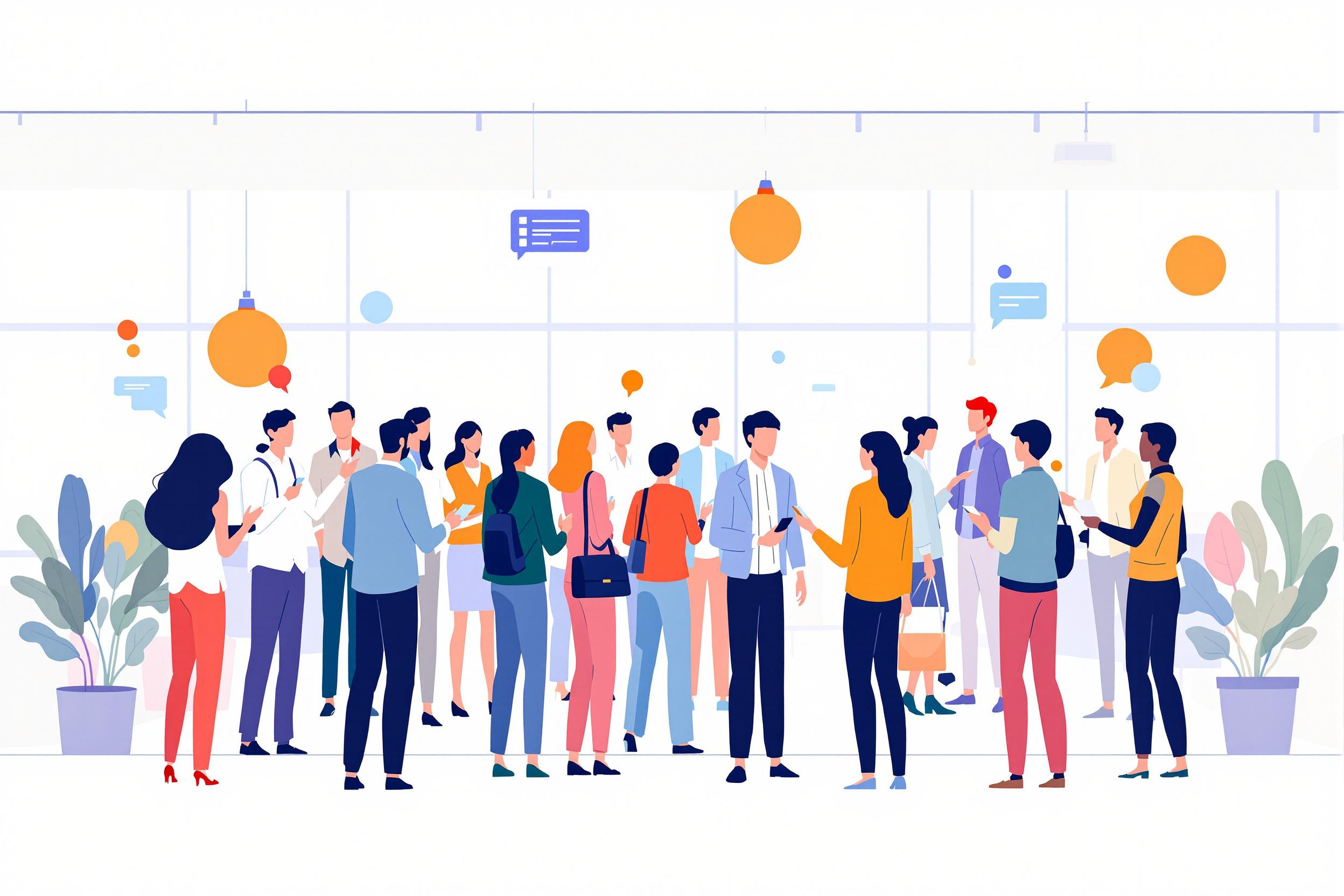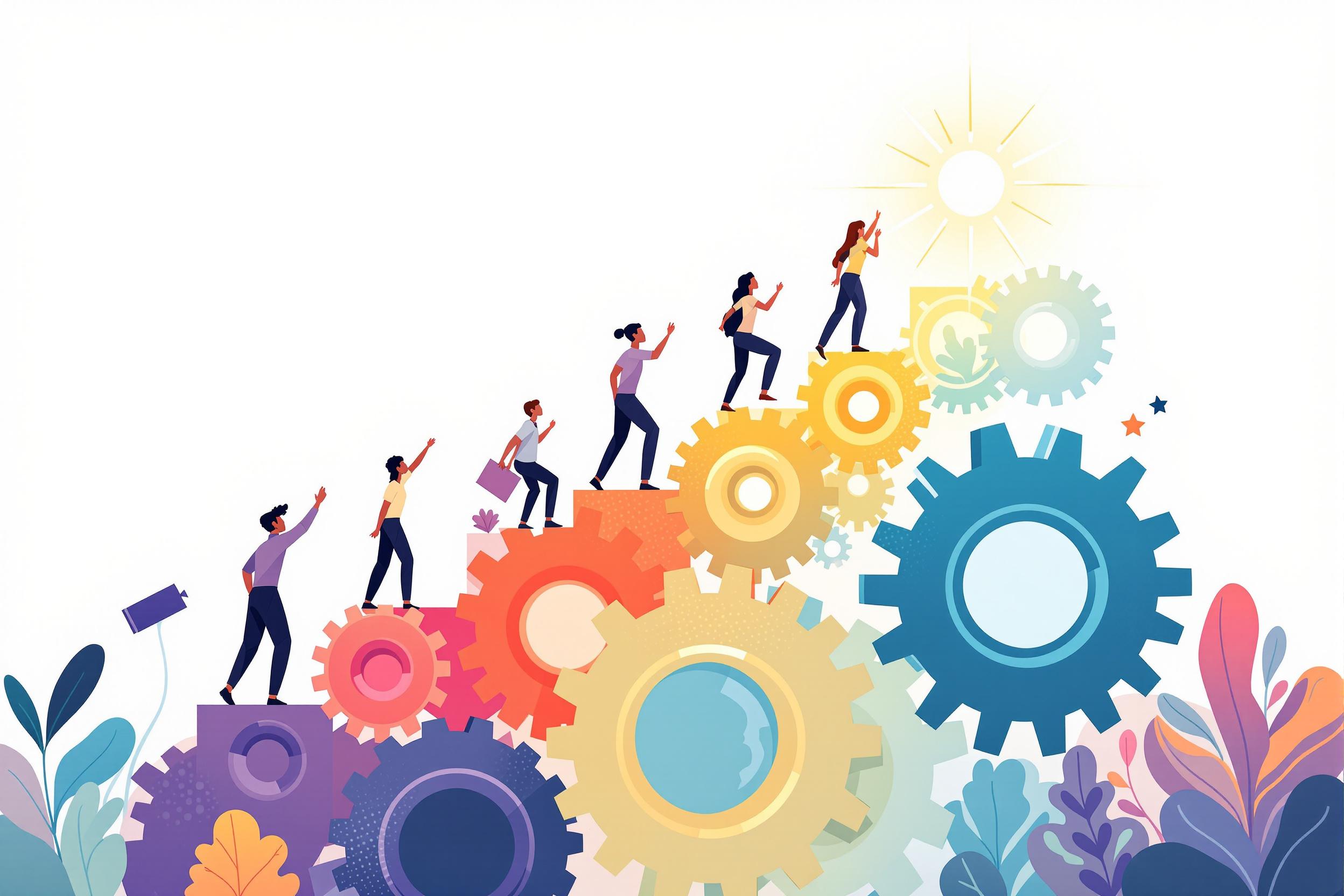
Customer Lifecycle
Customer Lifecycle refers to the complete journey a customer takes with a company, from their first interaction to becoming a loyal, repeat customer. It's like a roadmap that shows all the stages a customer goes through, including discovering the company, making their first purchase, getting support when needed, and hopefully becoming a regular customer who recommends the business to others. Companies use this concept to better understand and improve how they interact with customers at each stage. Similar terms you might see include "customer journey," "customer experience lifecycle," or "customer relationship management."
Examples in Resumes
Managed Customer Lifecycle strategies resulting in 30% increase in customer retention
Implemented Customer Journey mapping to improve customer satisfaction scores by 25%
Led team of 5 representatives in optimizing Customer Lifecycle Management processes
Typical job title: "Customer Lifecycle Managers"
Also try searching for:
Where to Find Customer Lifecycle Managers
Online Communities
Professional Networks
Industry Events
Example Interview Questions
Senior Level Questions
Q: How would you develop a customer lifecycle strategy for a company that's struggling with customer retention?
Expected Answer: A strong answer should include creating customer journey maps, identifying pain points, implementing feedback systems, developing personalized communication strategies, and measuring success through metrics like customer lifetime value and retention rates.
Q: Tell me about a time you improved customer retention through lifecycle management.
Expected Answer: Look for answers that demonstrate experience in analyzing customer data, implementing specific programs or changes, and measuring the results with concrete metrics like improved retention rates or increased customer satisfaction scores.
Mid Level Questions
Q: What metrics do you use to measure success in customer lifecycle management?
Expected Answer: Should mention key metrics like customer satisfaction scores, retention rates, customer lifetime value, Net Promoter Score (NPS), and churn rate, with understanding of how to collect and use this data.
Q: How do you identify at-risk customers in the lifecycle?
Expected Answer: Should discuss monitoring customer engagement patterns, analyzing feedback, tracking product usage, and implementing early warning systems to identify customers who might leave.
Junior Level Questions
Q: Can you explain the main stages of a customer lifecycle?
Expected Answer: Should be able to describe basic stages like awareness, consideration, purchase, retention, and advocacy, with a basic understanding of what happens in each stage.
Q: How would you handle a customer complaint during the post-purchase stage?
Expected Answer: Should demonstrate basic customer service skills, understanding of complaint resolution processes, and knowledge of how to maintain customer relationships through difficult situations.
Experience Level Indicators
Junior (0-2 years)
- Basic customer service skills
- Understanding of customer lifecycle stages
- Experience with CRM software
- Basic data entry and reporting
Mid (2-5 years)
- Customer journey mapping
- Analysis of customer feedback
- Development of retention strategies
- Team coordination
Senior (5+ years)
- Strategic planning for customer retention
- Cross-functional team leadership
- Advanced analytics and reporting
- Program development and implementation
Red Flags to Watch For
- No experience with customer relationship management (CRM) software
- Poor understanding of customer service basics
- Lack of experience measuring customer satisfaction
- No knowledge of customer retention strategies
Related Terms
Need more hiring wisdom? Check these out...

From Passive to Active: Nurturing Candidates Over the Long Haul

Future-Proof Your Workforce: Embracing Lifelong Learning

Transform Your Candidate Experience: A Modern Recruiter's Guide

